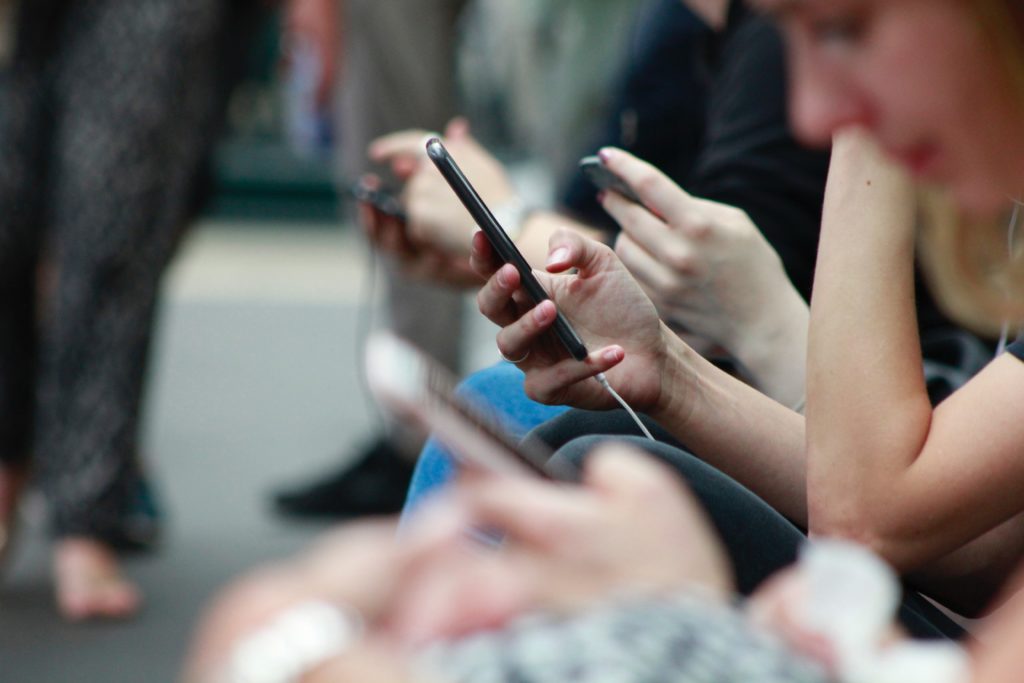The first 5G phones have gone on the market in Europe and in the UK operators including Vodafone and EE are planning to offer 5G by the end of the year. While 5G may have been in the headlines for all the wrong reasons recently, the technology is undoubtedly set to offer an incredible boost to marketers and publishers’ digital strategies and consumers’ everyday digital experiences.
We’re asking industry experts for their views on what opportunities 5G offers the entire market.
Gavin Stirrat, VP of Partner Services at OpenX, the world’s largest independent ad exchange
There’s no denying that 5G is set to revolutionise the way publishers, brands and consumers interact. From a more dynamic creative experience for consumers to a better reach across various channels, the possibilities are endless.
For starters, 5G is guaranteed to upturn how advertisers think about creative (and those who disagree will see themselves left behind!). 5G could see device speeds increase twenty-two fold from 45Mbps, up to a maximum of one gigabit. It doesn’t take a numbers whizz to realise this is a huge technology upgrade, leading to minimal latency, even in much more demanding rich-media formats.
I’d expect the result to elicit impressive new ad formats with consumer enjoyment of advertising potentially rocketing. It will leave nowhere to hide for clunky, backward ads.
5G won’t just improve ad creative — it’ll also help advertisers reach audiences more efficiently, creating a growing choice of channels available to advertisers to connect directly with consumers. Cloud-based processing enabled by 5G networks will boost speeds and connectivity massively, pushing IoT past its break-even point. Mobile networks will move from the back of the pack in speed terms to right at the front, way ahead of traditional wired connections.
But perhaps the largest impact 5G will have is on the quantity and quality of permission-based data circulating the ecosystem. This data can be used by advertisers to target at a much greater scale than ever before. And that opportunity to look at audiences in a more detailed and granular way will open up the targeting opportunities for brands making ads more efficient and better placed.
5G will no doubt bring with it an era of transformation, with publishers, brands and consumers all set to benefit. Until its launch, we can only guess what the specifics of that will be – but exciting times are certainly ahead.
James Gray, director of Graystone Strategy, which recently launched iD for Carphone Warehouse in Ireland.
5G opens up a wealth of use cases for brands, digital companies and broadcasters.
Developing enriched content strategies is one of the three major reasons why 5G is so exciting for these industries (the others are internet of things applications and the way in which critical machines can be supported).
5G network capacity will improve significantly. We’ll be able to download all kinds of media from short YouTube videos to full length movies and box sets in seconds. The experience will improve and the frustrations we have today ebb away. Areas where there is always congestion — like at stations and airports will be transformed.
This means that brands can get their messages, content and broadcast products out to consumers far quicker and gain revenue as a result.
Major franchises will be able to capitalise on this, and those that have struggled to compete with the box office smash hits like Game of Thrones stand more chance of gaining wider public appeal. There’s also a huge opportunity for the gaming industry to compete in this space as the low latency and broadband equivalent speeds open up gaming away from the home.
On the flip side, this has the potential to impact the ad funded streaming model and changes the dynamic for content providers as “ownership” very much comes into play again – I can download something fast and then watch it at my leisure.
The improved speed and capacity means that richer higher definition experiences are possible, and the promise of fully immersive virtual reality becomes a bit more of a mobile reality.
Three recently launched a Mobile VR fashion show at London Fashion Week but this could extend into experiences at festivals, concerts, and even museums. Imagine a tour of a castle where you can see the battles occurring on the ramparts through VR and AR (augmented reality). This is exciting for brands as they can immerse customers and prospects in their marketing campaigns and make the brand more memorable.












